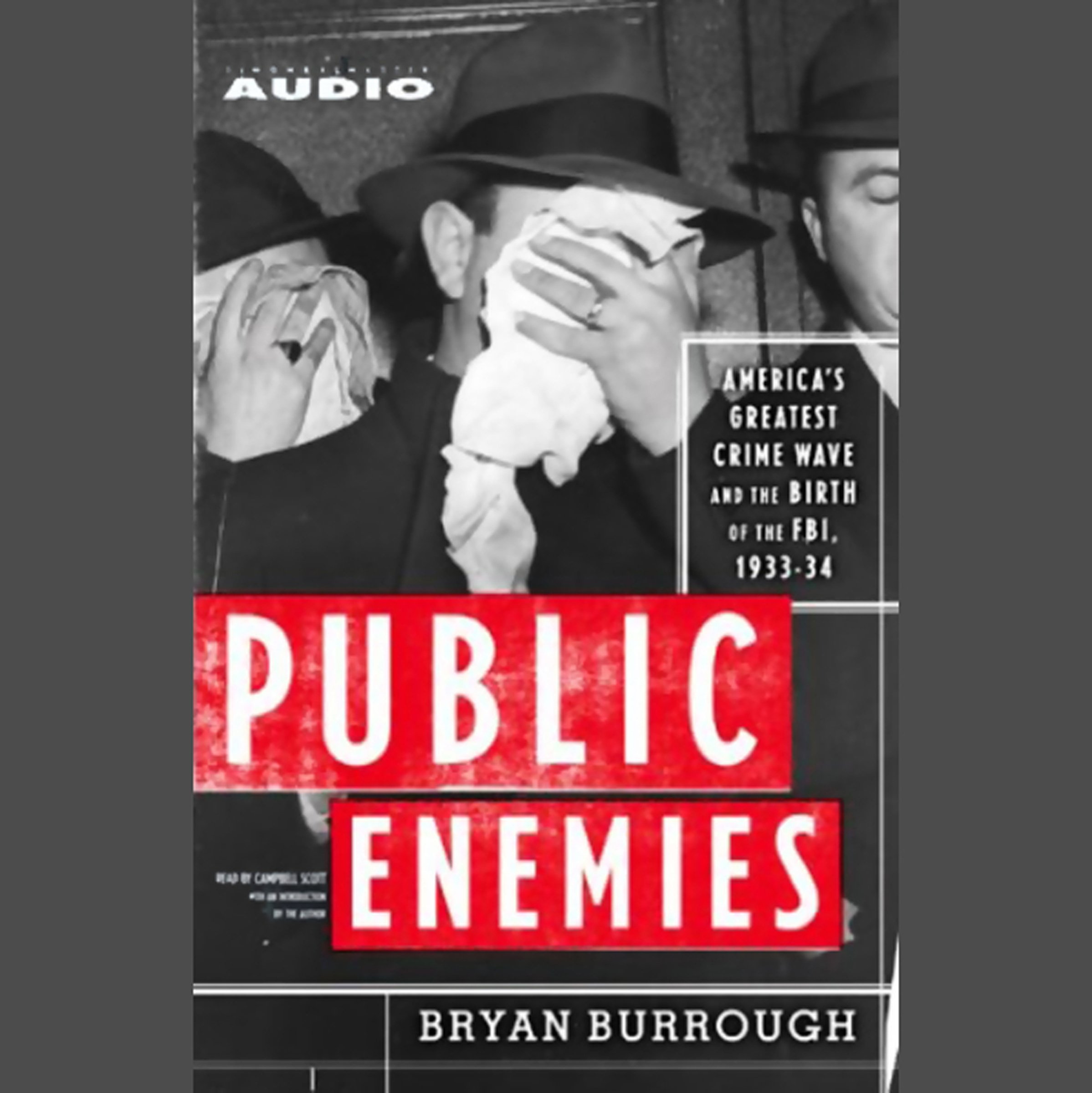From The Washington Post This fascinating book tells, in detail, the events of the War on Crime waged in the years 1933 and ’34. A rich and colorful cast of characters parades through the pages. On the bad guy side, we find Bonnie and Clyde, John Dillinger, Baby Face Nelson, Pretty Boy Floyd and Alvin Karpis and the Barker family. On the side of law and order, there was J. Edgar Hoover and his FBI along with local police and other officials. The battle unfolded amid an amazing epidemic of bank robberies, part of what some people saw as a great crime wave. More than anything else, it was probably the Kansas City Massacre — a bloody incident in June 1933, which left a pile of dead detectives and law enforcement officers — that touched off the war. This massacre shocked the country — and the FBI — into action. Crime had gone interstate, which was a new problem for the forces of law and order. The automobile gave mobility and speed to gangs of bank robbers; the machine gun gave them firepower. During the Great Depression, poverty and social disorganization were eating away at the country’s social fabric. Corruption corroded the heart of local law enforcement. The FBI, a relatively new organization, was weak, untrained and uncertain. Its men were, in many ways, staggeringly incompetent. But the FBI, over the course of two tumultuous years, gradually learned how to become a sleeker, more efficient instrument. Despite its bumbling and a host of false starts, by the end of the period the FBI had won the war and the “public enemies” had lost. Bonnie and Clyde died in a hail of bullets. Dillinger was cut down outside the Biograph theater in Chicago. Kelly and Nelson were also dead. So were the Barkers. Alvin Karpis was on his way to Alcatraz. But the good guys endured a comedy of errors before all that happened. Burrough’s account is peppered with tales of missed opportunities, bad detective work, poor record-keeping and all-around sloppiness. Desperate to catch John Dillinger, in March 1934 the FBI “stormed the Chicago apartment of a woman named Anne Baker,” who was supposed to have harbored Dillinger following his escape from an Indiana jail earlier that month. The raid was a “debacle.” In fact, the FBI had “raided the wrong address.” Even worse was the raid on “Little Bohemia,” where Dillinger and Baby Face Nelson were supposed to be holed up. That raid was a fiasco. All of the criminals escaped, and the FBI ended up shooting a completely innocent man. The public enemies were hardly geniuses, either. They, too, had their share of ludicrous errors. For example, the Karpis-Barker gang seized a hand truck, “stacked with bulging sacks” and heavily guarded, outside the Federal Reserve Building in Chicago. The gang got away — only to discover they had stolen not money but bags of mail. In contrast, knocking off a bank appeared to be child’s play. The “public enemies” raced about the country, stealing wads of cash from banks, renting apartments, buying cars, picking up women and having a good time between jobs. They were protected by a network of supporters and hangers-on (and sometimes corrupt officials). Their insatiable greed — and their inability to stop robbing and killing — led to their destruction, It is a wild and amazing story, and Burrough tells it with great gusto. Truth is often not only stranger than fiction but also a lot more interesting. Burrough’s research is careful and extraordinarily thorough. He debunks many of the tall tales that have accrued around these almost mythical figures. The famous woman in a red dress who betrayed John Dillinger was actually wearing an orange skirt. Machine Gun Kelly was “inept” and “never a menacing figure.” Bonnie and Clyde were totally unlike the characters in the famous movie; they were “lazy drifters who murdered nearly a dozen innocent men.” Most striking, perhaps, was the case of Ma Barker, grandmother and head of a family of violent crooks. That was the image. In reality, Ma B
Public Enemies: America’s Greatest Crime Wave and the Birth of the FBI, 1933-34
$13.12
This historical audiobook provides insight into a significant period of American history, law enforcement, and sociology.



Reviews
There are no reviews yet.